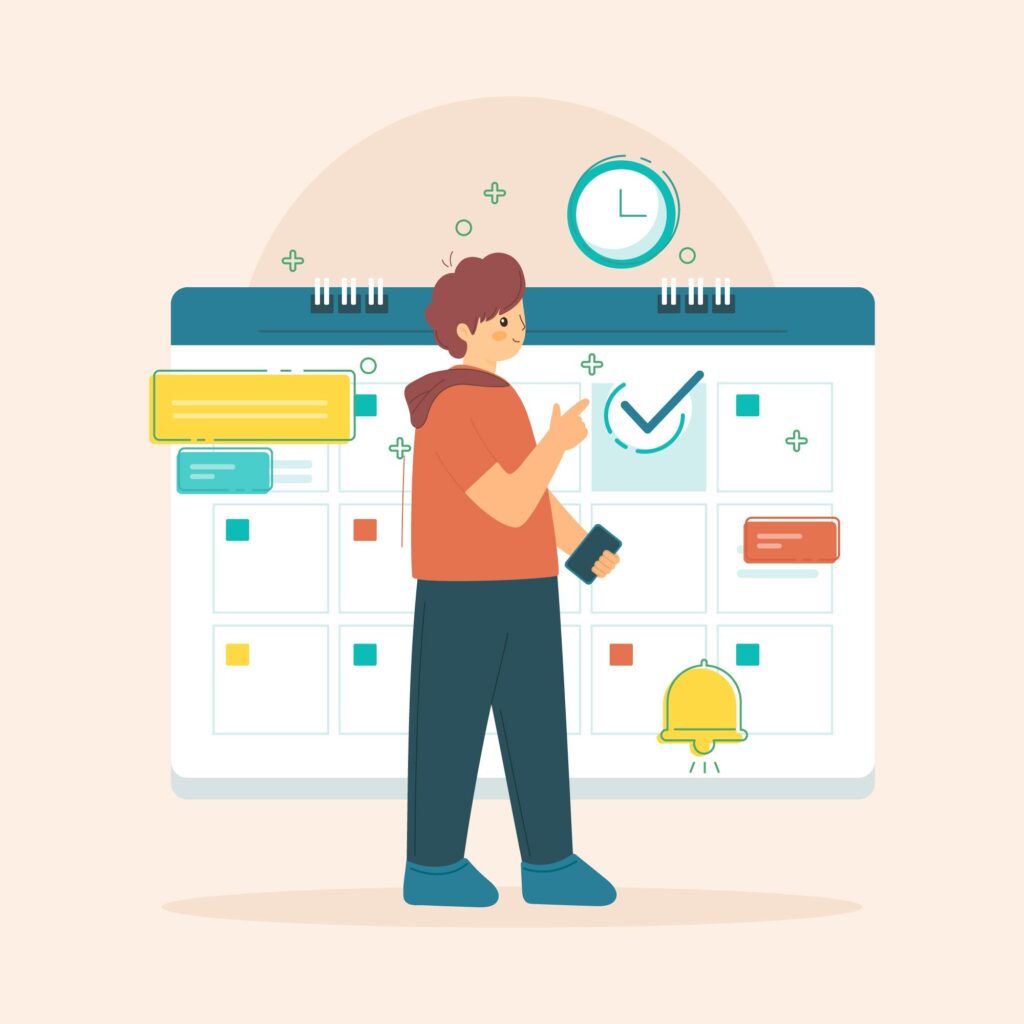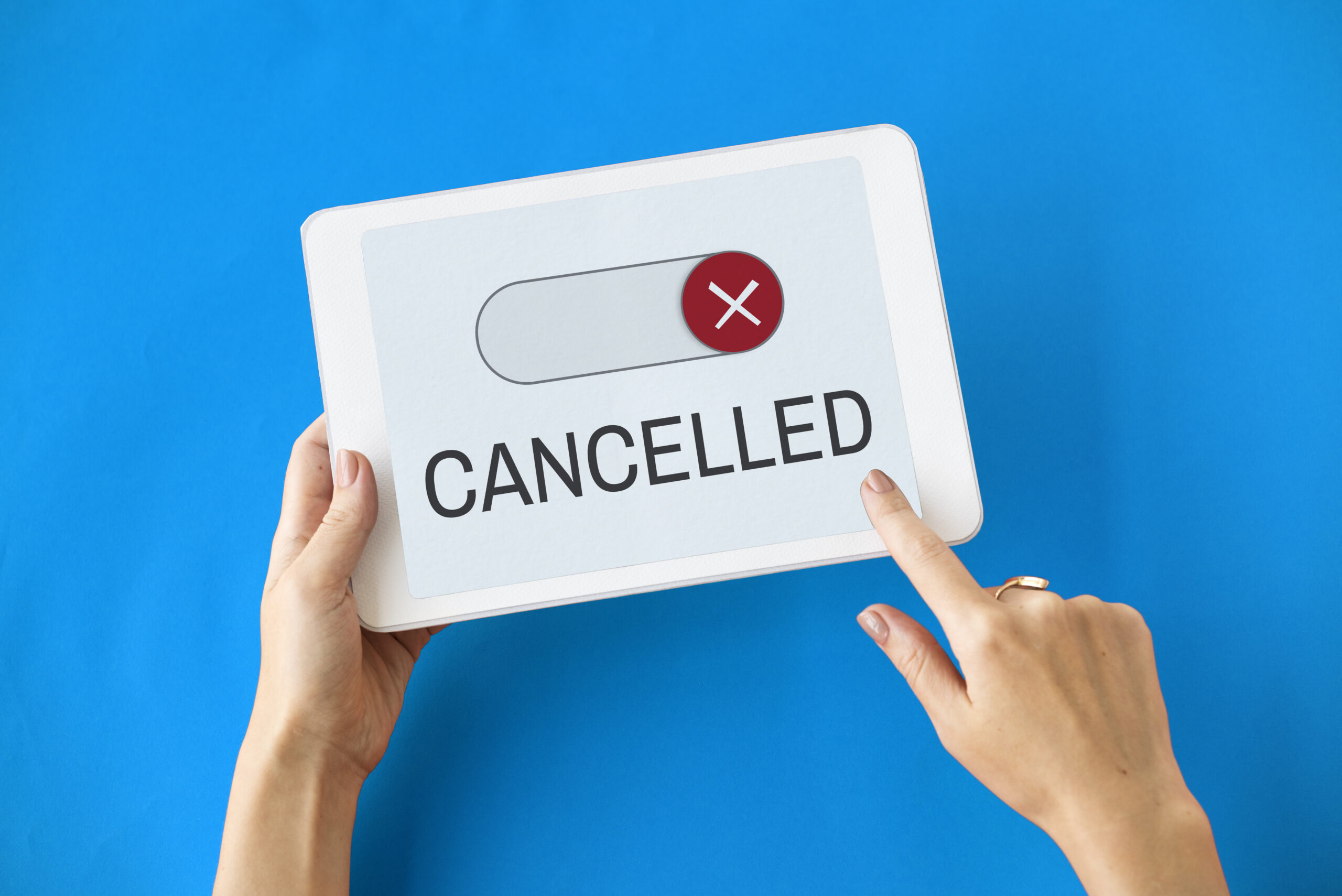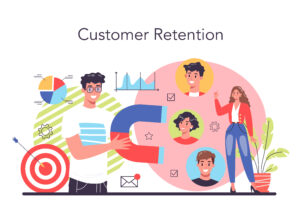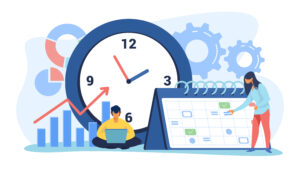No-show appointments can seriously hurt your business. When a client doesn’t show up for an appointment, you lose the time you’ve allocated to serve them.
But you also lose money because they’ve booked a slot that was supposed to earn you additional revenue, but it didn’t. They also take the place of potential clients who would show up.
So, what can you do? How to reduce no-show appointments in your business?
What Is a No-Show Appointment?
A no-show appointment is an appointment the customer booked but failed to show up, reschedule or contact you in any way to cancel it. No-shows are without any prior notice and they happen in virtually any industry that works based on scheduling appointments. Some of the industries where no-show appointments happen often and can hurt the business are healthcare, counseling, salons, and legal services.
Any business that depends on appointments scheduled in advance has come across no-shows in one way or another. Besides losing revenue, other consequences of no-show appointments are: disrupting schedules, wasting resources, and lowering the efficiency of the business.
They create problems and more work while decreasing profitability. So, how can you reduce no-show appointments and avoid all these consequences?
Why Do No-Show Appointments Happen?
Before we dive into tactics to reduce no-show appointments in your business, let’s analyze the reasons why they happen in the first place.
By understanding the main culprits for no-show appointments, you can better understand customer behavior and create strategies to successfully reduce no-shows. The main reasons no-shows happen are:
- Miscommunication
- Forgetfulness
- Scheduling conflicts
- Lack of perceived value
- Anxiety (widespread in dental and healthcare)
Miscommunication is one of the most common, but also the most preventable reasons for no-shows. Sometimes there are issues with scheduling and confirming appointments, or miscommunication in back-and-forth emails. Important details get lost and the client doesn’t show up for an appointment.
If clients schedule an appointment far in advance, they can easily forget about it completely. Usually, they make other plans for that day or even remember the appointment when it’s too late. It happens even to the best of us, and because of that, it’s vital to create a booking system that reminds customers on time.
Unexpected things happen and sometimes clients have scheduling conflicts. If an event came up that’s more urgent than the appointment they booked with you, it’s going to be a no-show. The reasons may range from work emergencies, family issues, or transportation problems.
Also, if clients don’t see the appointment as valuable, it’s not going to be a top priority for them to show up.
Anxiety that leads to no-shows is most common in the healthcare industry. Patients are well aware that they have an appointment, but they’re too anxious to show up. They often feel it's better not to show up than to face the "shame" of canceling or rescheduling. You can prevent this by being open and understanding so that even if they can’t make it, they’ll cancel and reschedule on time.
7 Ways to Reduce No-Show Appointments in 2024
1. Charge for no-show appointments
Asking for deposit payments, and ensuring that your booking software supports them, is a great way to reduce no-show appointments. If the customers paid when they booked an appointment, they’re more likely to actually show up. It’s simple - they don’t want to throw the money down the drain. Depending on your appointment cancellation policy, they’ll get a refund if they cancel or reschedule the appointment on time.
2. Create a no-show appointment policy
The no-show appointment policy holds everyone accountable and it’s a great sign of transparent business practice. Customers know exactly what to expect when it comes to canceling, rescheduling, and not showing up for appointments. On the other hand, you’ll save resources, time, and money because the no-show appointment policy sets strong boundaries and reduces the number of no-shows in your business.
No-show policy template
To get you up to speed, use our no-show policy template to create your own. You can tailor it to your specific needs and circumstances by including specific consequences, timeframes, and other relevant details. Don’t forget to communicate the no-show policy clearly, so that customers are aware of it once they schedule the appointment.
[Your Company/Organization Name]
No-Show Appointment Policy
Appointment Confirmation:
1.1. Clients are expected to confirm their appointments within [insert timeframe, e.g., 24 hours] of receiving the appointment reminder.
1.2. Failure to confirm the appointment may result in the cancellation of the appointment slot.
Cancellation and Rescheduling:
2.1. Clients are required to provide a minimum of [insert notice period, e.g., 24 hours] notice for cancellations or rescheduling requests.
2.2. Cancellations or rescheduling requests should be communicated by [insert preferred method, e.g., phone call, email, online booking system].
2.3. Failure to provide sufficient notice may result in the appointment being considered a no-show.
No-Show Policy:
3.1. A no-show is defined as a missed appointment without any prior notice or cancellation.
3.2. The first occurrence of a no-show will result in a courtesy reminder to the client regarding the importance of honoring appointments.
3.3. Subsequent occurrences of no-shows will be subject to the following consequences:
- For [insert number, e.g., second] no-show: A warning will be issued, emphasizing the impact of no-shows on our services and resources.
- For [insert number, e.g., third] no-show: A fee of [insert fee amount or percentage, e.g., $XX or XX% of the service cost] may be charged to the client's account.
- For subsequent no-shows: [Insert additional consequences, such as suspension of services or termination of the client relationship].
Unforeseen Circumstances:
4.1. We understand that unforeseen circumstances may arise, leading to unavoidable appointment cancellations or no-shows.
4.2. Clients are encouraged to inform us as soon as possible if they encounter extenuating circumstances that prevent them from attending their scheduled appointments.
Communication and Recordkeeping:
5.1. All communication regarding appointment confirmations, cancellations, rescheduling, and no-show occurrences will be documented in the client's record.
5.2. Clients will be provided with copies of the no-show policy upon request.
Review and Modification:
6.1. This no-show policy will be periodically reviewed to ensure its effectiveness.
6.2. We reserve the right to modify this policy at any time. Clients will be notified of any changes in advance.
By scheduling an appointment with us, you acknowledge and agree to adhere to the above-stated no-show policy.
3. Set up automated reminders
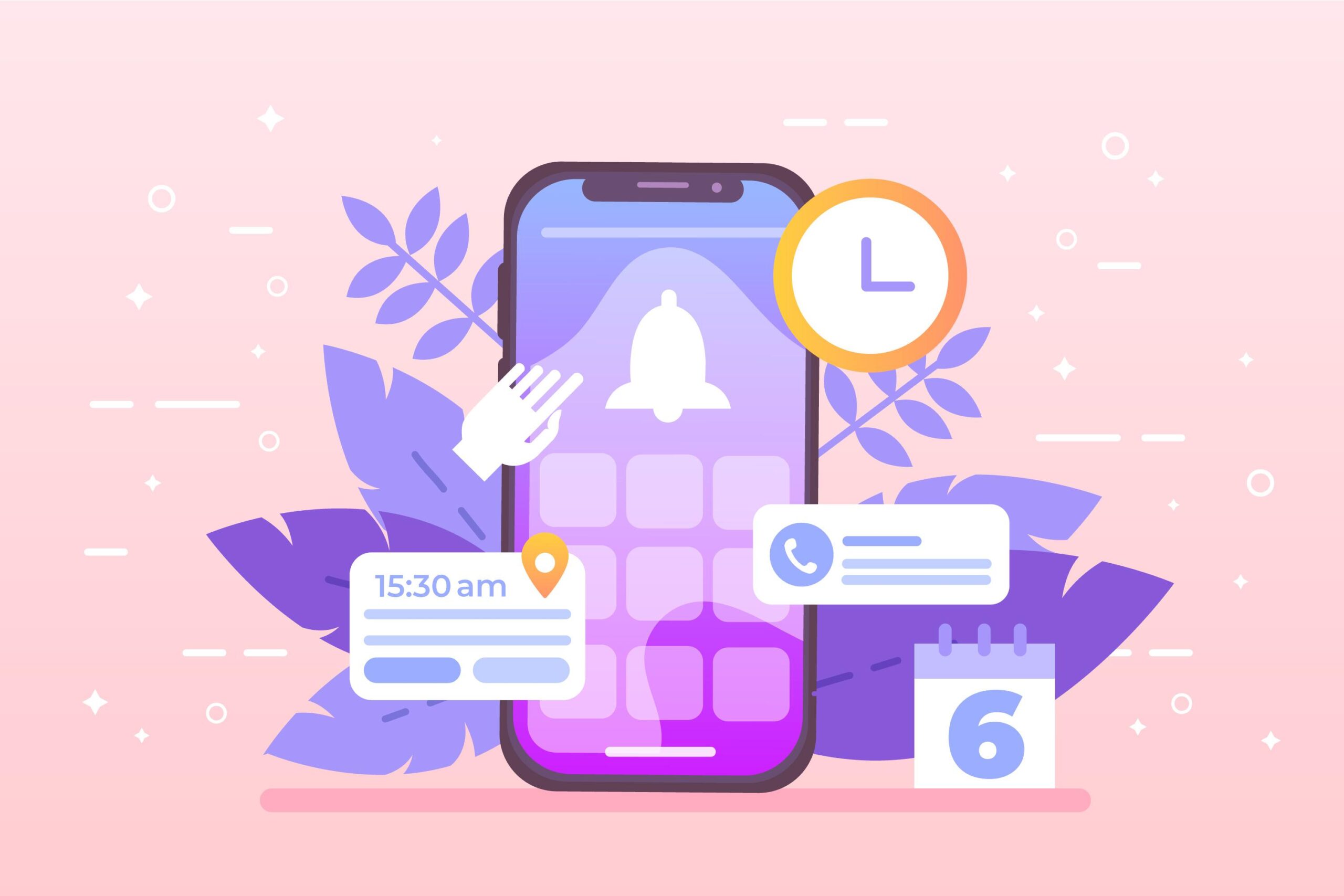
Image by Freepik
Automated reminders via various channels make sure customers never forget about the appointment. Implementing automated SMS, email and Whatsapp reminders will drastically reduce no-show appointments in your business. You can set them up based on your preferences, and your customers’ preferred way of communication.
For example, you can set up automated reminders one week, 48, and 24 hours before the appointment. If you’re in the healthcare industry, automated reminders are a great way to show support and understanding to customers who may experience anxiety. Apart from reminders, you could include tips to relieve their anxiety and show up for appointments prepared.
4. Make rescheduling hassle-free
Believe it or not, sometimes clients simply don't know how to reschedule their appointment. Instead, they simply don’t show up. If that happens, they may even schedule an appointment with your competitors due to the shame they feel for a no-show appointment. You can easily avoid this by making rescheduling appointments hassle-free. Include a link they can use to reschedule appointments and find a new suitable time with only a few clicks.
5. Take advantage of double-booking
Double-booking is usually considered bad and something you should avoid. But there are circumstances where double-booking can greatly benefit your business. One of the examples is to utilize double-booking to minimize the impact of no-show appointments. How?
The first thing you need to do is to calculate your no-show rate by dividing the number of no-shows by the total number of appointments per month. Once you know the no-show rate in your business, you can start implementing double-booking.
By booking more customers than there are available slots, you can make up for no-show appointments and reduce the impact they have on your revenue. But make sure to proceed carefully with double-booking, because you can ruin the customer experience with long waiting lines, and overwhelm your employees.
6. Analyze the reasons for no-shows
When a client doesn’t show up for an appointment, not everything is lost. You can still get something out of it to reduce the impact it has on your business. One of the great ways to reduce no-show appointments is to ask clients why they didn’t show up. You can create a quick survey and ask to gain valuable insights into why you have no-show appointments.
The reasons why no-shows happen vary drastically based on the industry and the booking system you use. For example, no-show rates for medical appointments are 5-10%, while it goes as high as 10-20% for beauty salons. By asking your customers to provide their reasons, you could optimize the booking process and reduce no-shows.
7. Reduce No-Shows Appointments With Trafft
If you’re ready to reduce no-show appointments and leave the damage they cause to your business in the past, Trafft may be the solution you’ve been looking for. Perfectly crafted to enhance the scheduling process for service-based businesses, Trafft offers the most comprehensive, yet simple software to schedule appointments.
The features that play a vital role in reducing no-shows are deposit payments, easy (re)scheduling in a few clicks, and automated reminders. It’s time to stop leaving money on the table and see for yourself how automating appointment scheduling saves you time and money and diminishes the stress of no-shows. Try Trafft for free and experience the full power of booking software that leaves no room for no-show appointments.
Overview of The Best Strategies to Reduce No-Show Appointments
A table outlining 10 proven ways to reduce no-show appointments:
| Strategy | Description |
|---|---|
| Send Reminder Notifications | Use SMS or email reminders a day or a few hours before the appointment to prompt clients. |
| Implement a Booking Policy | Establish a clear cancellation and no-show policy to inform clients of any fees or consequences. |
| Offer Flexible Scheduling | Provide options for clients to reschedule easily to accommodate their needs and avoid conflicts. |
| Require Upfront Payments | Implement a policy where clients pay a deposit or full fee at the time of booking to secure their spot. |
| Personalize Communication | Personalize appointment confirmations and reminders to make clients feel valued and more likely to attend. |
| Follow Up Post-Appointment | Reach out after appointments to thank clients and confirm future visits, reinforcing their commitment. |
| Use Online Scheduling Tools | Implement user-friendly scheduling tools like Trafft that allow clients to see availability and book at their convenience. |
| Understand Client Preferences | Gather feedback to understand clients' preferences and barriers, adjusting your approach accordingly. |
| Provide Incentives | Offer discounts or loyalty points for clients who attend their appointments consistently. |
| Maintain a Professional Environment | Ensure that your office or service area is welcoming and professional, making clients feel comfortable attending. |

